Current discourse about the National Hockey League’s quality of play waxes among those who feel that league talent is at an all-time high, while some suggest that given-so, that talent plays perhaps too mechanical; too system-oriented. “Too much parity,” some will suggest. One thing most agree on now, more than ever, is when any team makes the playoffs, they have a valid opportunity to go deep. Gone are the days of the haves and have nots.
How Did We Get Here?
Although there were four interruptions from 1991-92 to the 2012-13 season, what many fans may forget is the pivotal lockout of 2004-05 that seemingly acted as the impetus for long-term change in the league. That lockout, or more accurately, the new Collective Bargaining Agreement (CBA) borne from the ashes of the 10-month stalemate, deeply affected the on-ice product.
Related: The WHA – A Look Back at the Upstart Hockey League
During the 2003-04 season, there was a great disparity between small-market teams versus the high spenders located in the big cities. For example, the Calgary Flames and the Edmonton Oilers, with populations of less than one million (at the time), as well as the Tampa Bay Lightning and Buffalo Sabres with $34 million and $32 million payrolls, respectively, were up against the spenders. The New York Rangers with their $76 million payroll and the Detroit Red Wings at $77 million were loaded with high-income talent. On paper, it made for tilted ice, especially when competing on the open market for the top talent.
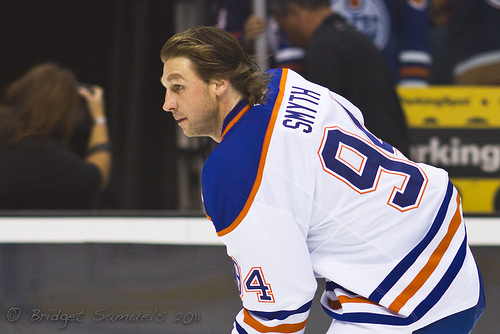
However, what the Rangers and Red Wings found out the hard way was money doesn’t necessarily buy Stanley Cups. The Rangers finished the regular season with a record of 27-40-7-8 for a lowly 69 points. They scored just 206 goals and won a paltry 13 games at home in Madison Square Garden. It was an ugly season that ended with them missing the playoffs. The 2003-04 Rangers were the model for why a change was needed to help smaller market teams, especially for those that were collecting funds at the gate in Canadian currency and were paying salaries in US dollars. With small television contracts, the gate revenue was vital.
Thankfully, for most hockey markets (average team salary was $44,400,900), the conclusion of the season resulted in the Flames skating all the way to the Stanley Cup Final against the Lightning — Rangers fans were calling for Glen Sather’s head.
Additionally, in an age where behemoth players like Chris Pronger (6-foot-6, 220 pounds), Eric Lindros (6-foot-4, 240 pounds) and Todd Bertuzzi (6-foot-3, 246 pounds) dominated, the Lightning were led by the smallest player in the league in Martin St. Louis (5-foot-8, 180 pounds), who that year won the NHL points race. For the change that was about to come, this was the perfect scenario to support the argument that giant players and massive payrolls were not necessarily a formula for winning.

That year, the Lighting won the Stanley Cup, while the Rangers golfed and the $77-million Red Wings were eliminated by the $34-million Flames during the Western Conference Final — ouch.
The Lockout of 2004-05
During the lockout, the primary dispute was the league’s desire to implement a salary cap to limit spending on player salaries. This was opposed by the NHL Players Association (NHLPA), which proposed an alternative system of revenue sharing.
The lockout was initiated on Sept. 16, 2004, the day after the previous CBA expired, which itself had been the result of the 1994–95 lockout. Neither side was willing to back down and an impasse was reached — consequently, the entire season was cancelled by February. The two sides did not reach an agreement in principle until July 13, 2005. The lockout officially ended on July 22.
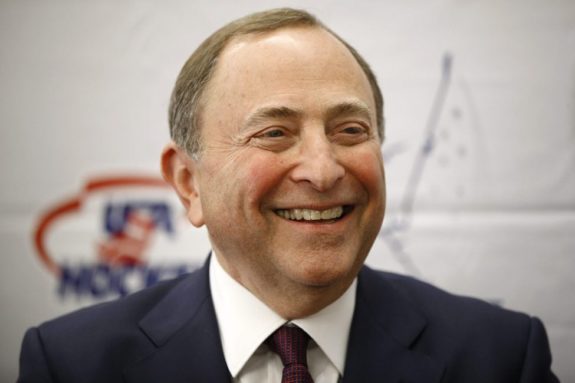
With neither side wishing to lose another season, the parties met somewhere in the middle as the new CBA included both a salary cap and revenue sharing.
Related: The Evolution of Europeans in the NHL
Surprisingly, 26 of 30 team’s market value shot up including the Pittsburgh Penguins, who’s value increased by 161%. With the new CBA, they were able to shed expenses from previous ownership by deferring portions of salaries. And then there was the attraction of drafting Sidney Crosby.
The Sidney Crosby Era
As there was no season in 2004-05, thus no NHL Entry Draft order to work from, a weighted lottery system was created so that every team had an opportunity to draft Crosby — to win the “Crosby Sweepstakes” as it was dubbed.
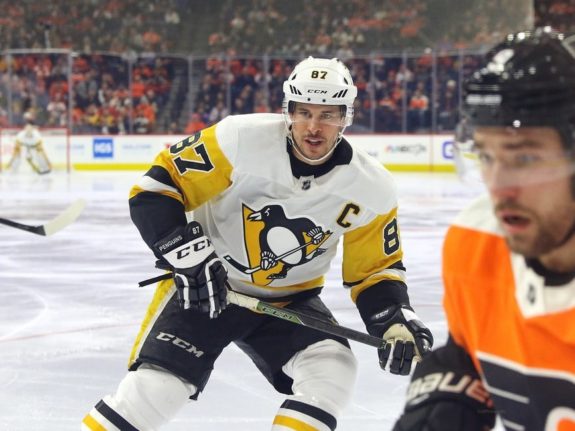
Crosby would become the face of the new era. He would prove to be the prototype of the complete package. Neither big by NHL standards of the time nor small, he could skate, shoot, pass, score, and was difficult to move off the puck. When it really mattered, he could score series and season-ending goals. He was also willing to take on physical play.
During 15 seasons (to date), and over 984 regular-season games, he has scored 462 goals and amassed a total of 1,263 points. Six times he has collected 100 or more points. Twice he has led the league during the annual points race. Three times during his career the Penguins have won the Stanley Cup. At 5-foot-11 and 200 pounds, he was just about average in size.
Size Does Not Always Result in Success
According to the NHL, the average player in 2003-04 weighed a whopping 206.41 pounds. Going into the 2019-20 season, that was pared down to just 199.3 pounds. Much of the weight loss has to do with the desire for speed, finesse, agility and a cardiovascular system that would have less weight to haul around for the benefit of game-long endurance. Today’s player is much more of a high-octane, elite athlete than ever before.
Television Revenue
Another unforeseen benefit of the lockout was a long-sought-after international television deal with a major network. For decades, what separated the NHL from the “big four” (MLB, NBA, NFL and NASCAR) was massive television revenue. NBC came calling and the NHL Network was subsequently launched. But the big money would take time. In 2011, the network began to trust the new version of the NHL and the evolving on-ice product.
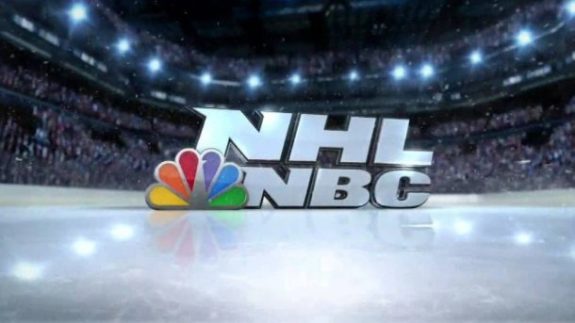
Post-lockout, the league signed a two-year revenue-sharing deal — complete with the rarely seen, no money upfront offer — and options for NBC to pick up two more years. Fast forward to 2011, with years of stability, as well as certainty that there would be no labour interruptions, the league picked up a $2-billion, 10-year deal. The NHL going into the 2019-20 season (pre-COVID-19), was in a position for another healthy television deal and raise.
Stability and Competitiveness
With franchises now located in just about every major market in North America including the forthcoming Seattle team and team parity throughout the league, the NHL is ready to finally be in the conversation with the NBA, MLB, NFL and NASCAR.
Related: Who’s Never Picked #1 in the Draft
As for the on-ice product, it has never been better. Over recent years, just six or seven teams have played under the .500 benchmark. Before the 2004-05 lockout, nearly half the league would have a losing record, including 11 franchises in 2003-04 and 13 the year prior. Many ugly things came out of the proverbial Pandora’s Box, but the final item to emerge was hope. If sporting fans are going to remain loyal, there must be a sense of hope that their team has a chance of winning.
What’s Next?
What is old is new again. Not only are many of the elite NHL players slightly smaller, faster, better-skating and deadly accurate with the puck, but the next generation of defencemen are also going to change the game for good. For example, Quinn Hughes with the Vancouver Canucks is the new prototype. During the 1980s, he may have been deemed too small. Sure, he would have made a team, but he would not be a top-four defender anywhere and it would have taken him years to crack a lineup. The Canucks played him like a veteran during his 2019-20 rookie season.
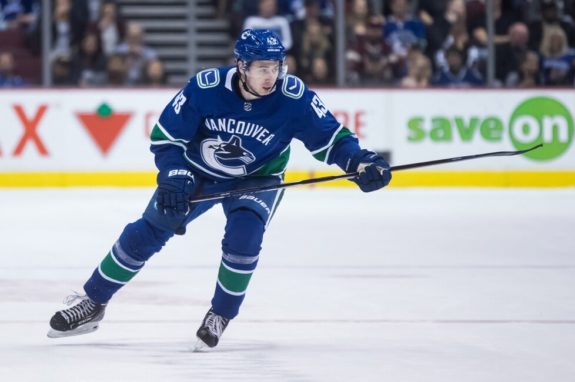
Hughes harkens back to the 1980s Edmonton Oilers and Reijo Ruotsalainen. The Rangers thought he was too small and although they used his speed extensively, he was not a big, physical Scott Stevens type. He didn’t suit the Rangers — but he surely suited the Oilers and their high-speed transition game.
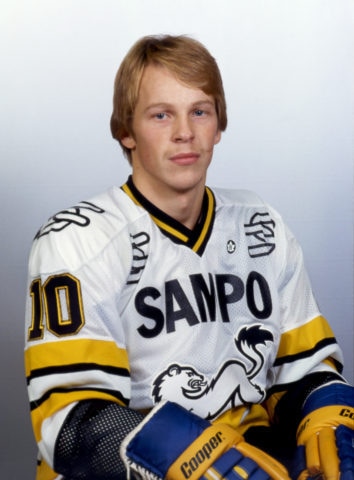
Sather picked him up for two playoff runs (1987, 1990) and he delivered in spades, helping the Oilers win two of their five Stanley Cups. They creatively used him for precisely what he was good at, rushing the puck, playing deep and utilizing all 200-feet of the ice. Hughes is all that and more.
Hughes is one of if not the finest skater in the NHL. His backward crossovers in both directions is as smooth as a figure skater’s, and at least as good as Russ Courtnall. His rushes are Bobby Orr-like — we know, it’s early and it is not fair to compare him to Orr — but just wait. His ability to use opposing player’s momentum against them — judo on ice — his ability to get the puck off his stick onto a teammate’s rink-wide while on the rush is magic.
His point shot, when slapped, was considered the weakest part of his game. When he scored his very first NHL goal, while manning the right point, 10 feet in from the blue line, he wound up and pounded the puck to the back of the net, thoroughly defeating Jonathan Quick of the L.A. Kings on the play.
And There Are Others
Twenty-one-year-old Cale Makar of the Colorado Avalanche is not much bigger at 5-foot-11 and 187 pounds. In 57 games, he put up 50 points, which compares to 5-foot-10 Hughes and his 53 points in 68 games played. Fans will have decades of enjoyment also watching Adam Fox with the Rangers at 5-foot-11 who is just 22 years old and put up 42 points in 70 games played. He finished third in NHL rookie defenders behind Hughes and Makar, respectively. Ethan Bear (Oilers), Mario Ferraro (Sharks), Rasmus Sandin (Maple Leafs) and Ryan Lindgren (Rangers) will tear up the league going forward.
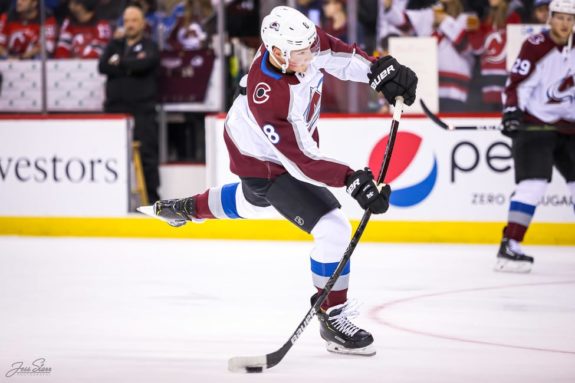
The NHL is in a very good position for years to come with its level of talent and elite level — albeit with great parity — of play due in part to the lockout of 2004-05 and the gradual evolution of the game since.